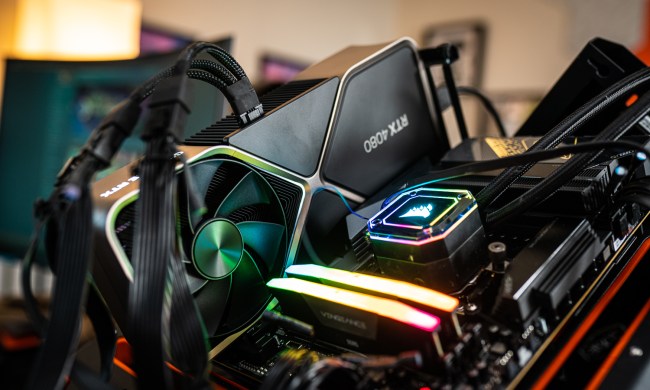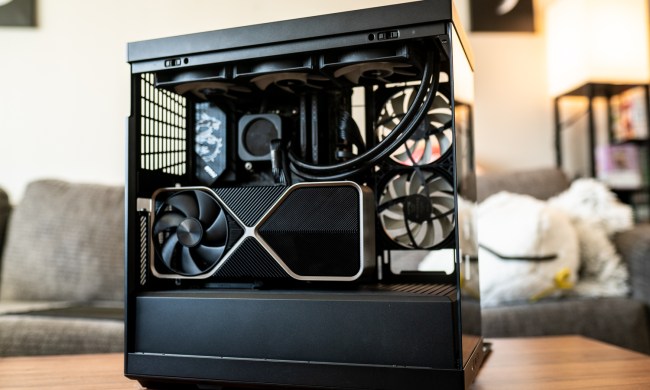Following a series of negative enthusiast reviews, there were speculations that when Walmart pulled its Overpowered branded gaming desktop from its online store, it was due to quality concerns. However, that appears to not be the case, as Esports Arena, the company that makes the Overpowered line, had informed Techspot that the online store listing was briefly removed in order for the product page to be updated. At the time of this writing, Walmart’s Overpowered desktop is again available for purchase with a price tag that appears lower than when the unit debuted.
Though the Overpowered systems were initially pitched as an alternative to mainstream offerings on the market today, the desktop launched with a high $1,899 price tag. For that price, however, the system does ship with competent performance, and specifications for the desktop include a non-overclockable Intel Core i7-8700 GPU, Nvidia GeForce RTX 1080 graphics, 512GB solid-state storage, 2TB hard drive, and 32GB of memory. The system currently retails for $1,699, representing a $200 price drop since it was initially introduced.
Reviews have largely been negative about the product due to cost-cutting measures internally. Users have complained about the small fan size, which leads to a lot of noise being generated, poor airflow, and heat issues. Lack of a proper cable management system, a budget power supply, and a poor motherboard design round out the list of complaints. In addition to negative user reviews, the system was also not highly received by enthusiasts, with low ratings on YouTube reviews as well as on tech sites.
The Linus Tech Tips channel reviewed the Overpowered desktop on his Linus Tech Tips YouTube channel and compared Walmart’s offering against a similarly configured pre-built HP Omen system and found that not only did Walmart cut costs by sourcing cheaper components, but some of the internal cables weren’t even plugged in when the unit shipped.
“You know how they say first impressions last a lifetime,” Linus Sebastian said in his video review. “This is not a good first impression.”
In benchmark testing, both systems performed similarly. However, Sebastian noted that the Overpowered system may be overclocked, similar to other after-market boards, so performance between units may vary dramatically. Other oddities that were noted include no USB 3 ports on the front of the unit, the hard drive was partitioned into four parts, and unfiltered intake vents for airflow that could pull dust into the unit.
“The weird thing about this whole experience is that there is a sprinkling of competence, but then somehow they’ve ended up with an end result that is under-performing for the hardware that’s in it by a very significant margin and that has these confoundingly stupid errors,” Sebastian summarized of his experience. “There’s these weird loon logic things going on here.”


